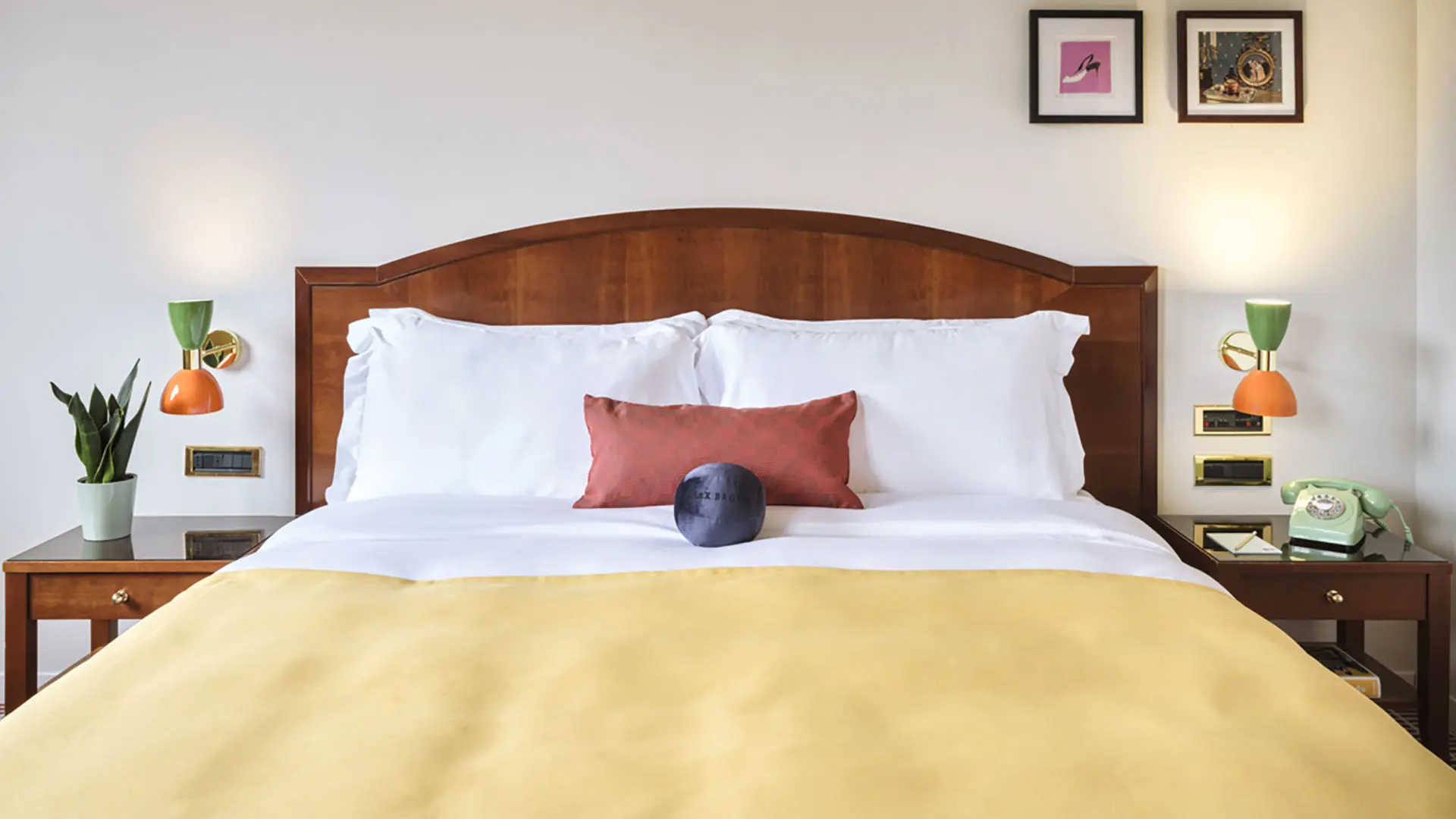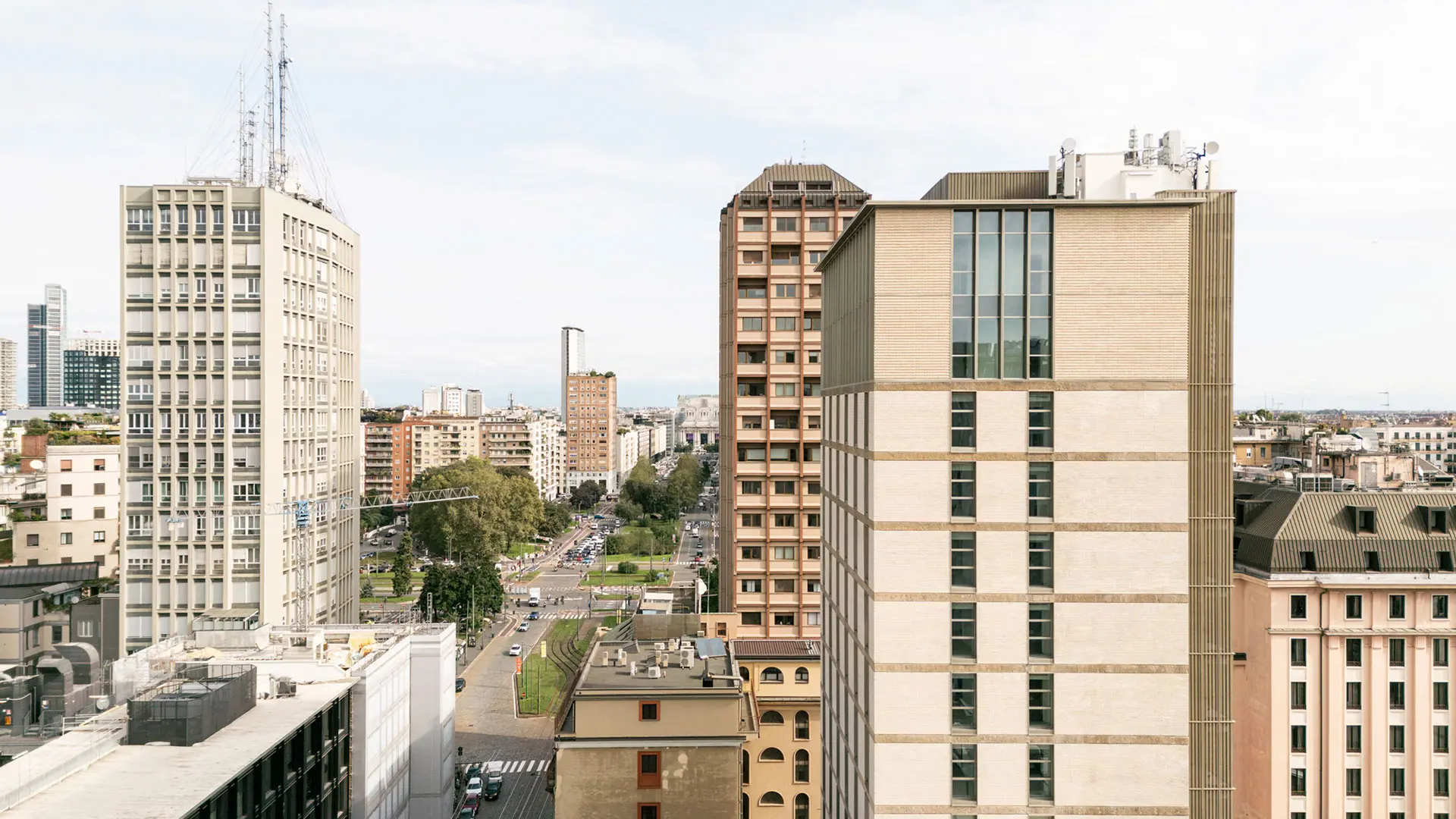In partnership with MiCodmc, a selection of establishments ripe for discovery during the 63rd edition of the Salone del Mobile.Milano, from 8th to 13th April
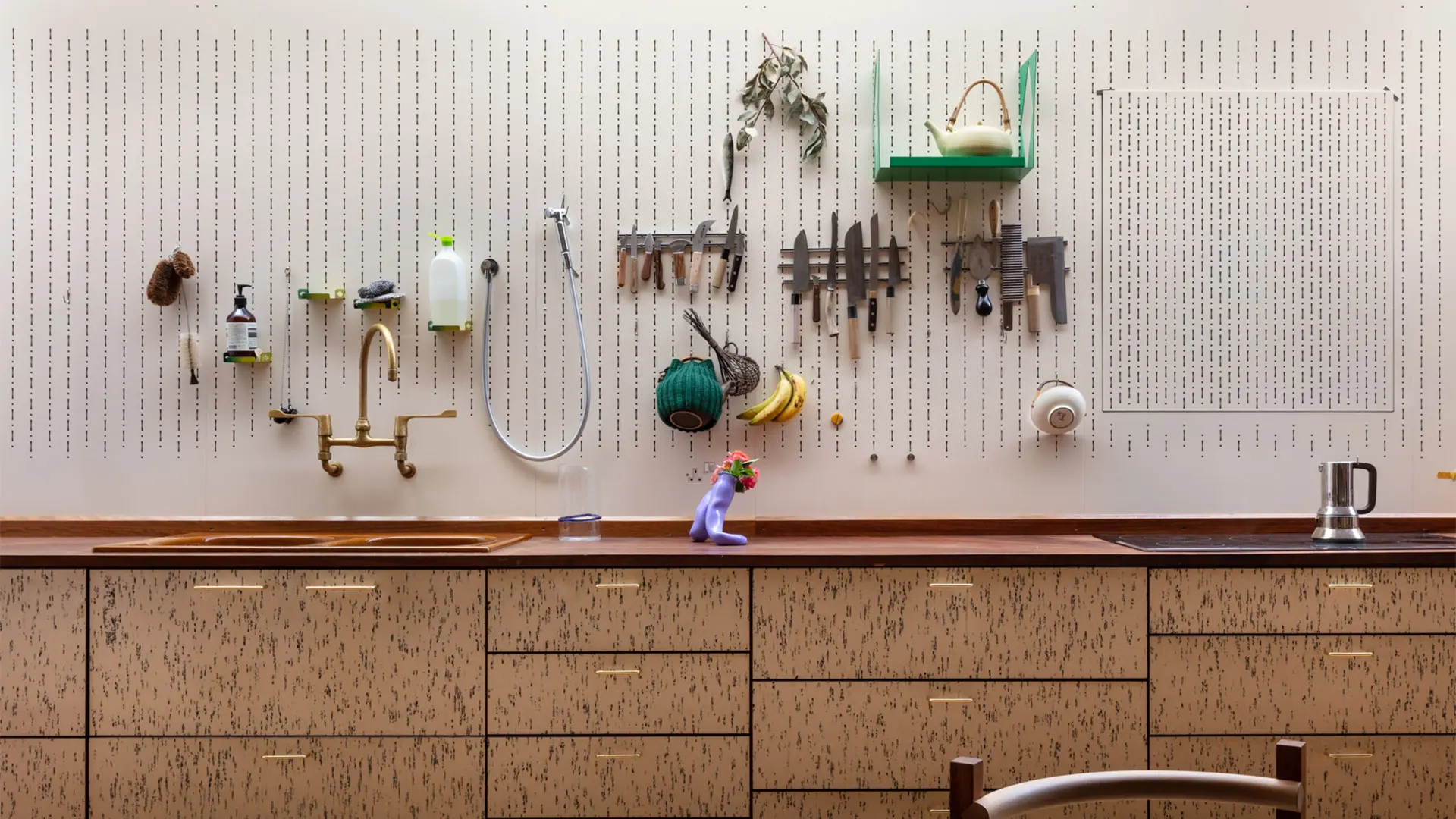
Busy with a raft of private commissions, designing interiors and with an upcoming New York show, the London-based, Trentino-born designer opens the doors of his studio/workshop to us almost without warning
Going into Martino Gamper’s studio is a bit like stepping into a carpenter’s backroom or workshop. You can feel the sense and urgency of making, the creative spirit and the practical side coming together. It’s a place where much of the day, if not all of it, is shared. The space is taken up with a long wooden table for work (and much more besides), with shelving on each side and a kitchen – all self-designed and self-produced. The workshop next door is a melting pot of prototypes, pieces and equipment of all kinds. There are pops of colour pretty much everywhere.
A far cry from the mega-technological places of many designers, the Hackney printworks, in which Gamper has built his professional and personal nest, seems an ancient place, which not only shouts “savoir faire”, but also his love for his work and his empathy and respect for his team. Martino talks about himself while the familiar smell of pasta pervades the air, because here, as we said, working means sharing a slice of life together.
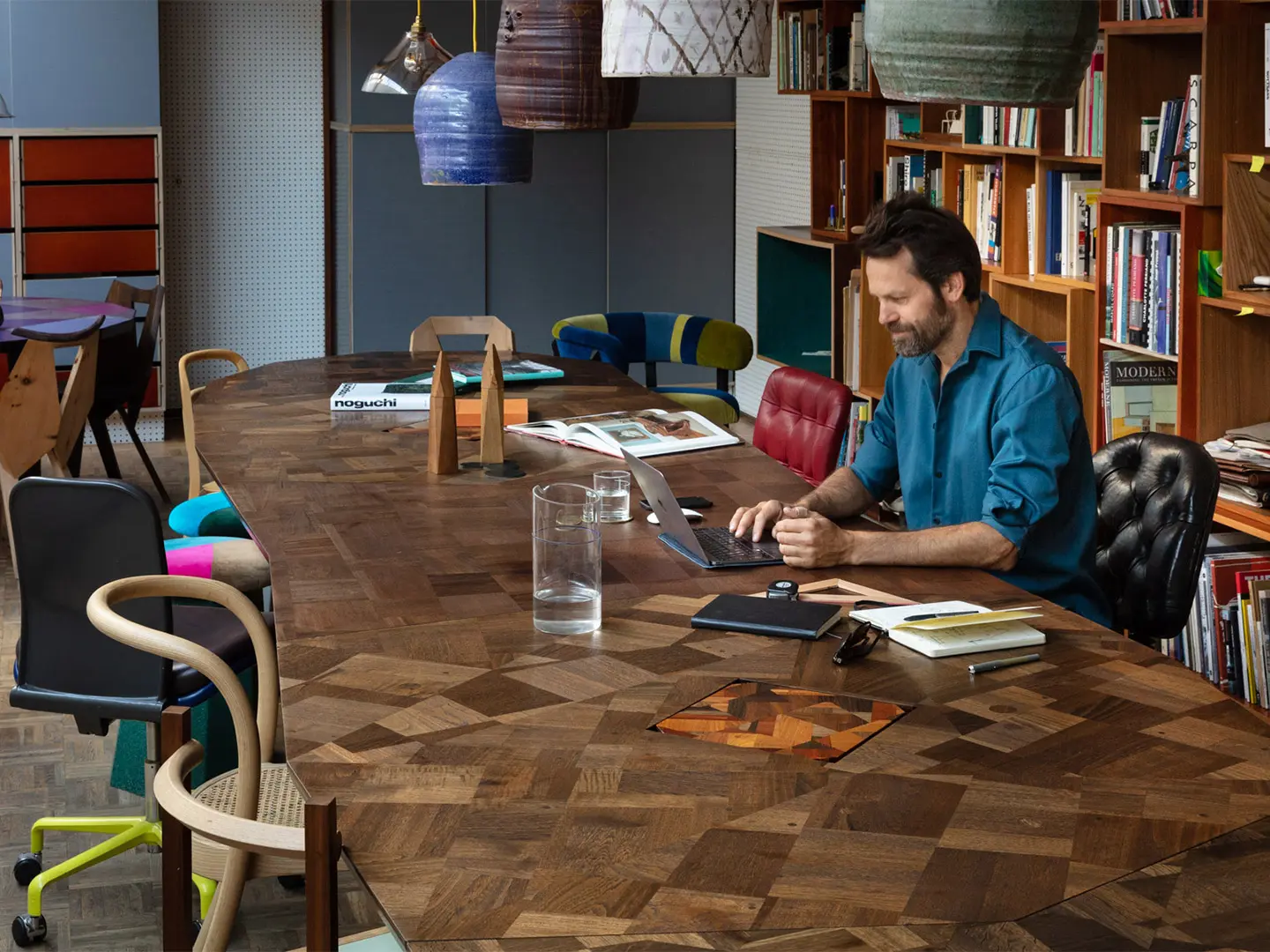
I went to the Royal College in 1997 through the Erasmus Scheme, studied there for two years and stayed on. But I’ve never severed my ties with Italy, and I nurture close relationships with the Italian industry and the galleries.
Four or five, I think, but I’ve been here for 15 years. Initially it was a workshop with a small bedroom attached, now it’s been reconfigured to provide two adjacent but separate spaces.
I’m a designer who works both artistically and artisanally. Creativity and freedom of expression are at the heart of what I do. Some of my objects, destined for galleries and museums, undoubtedly qualify more as “art,” while others channel design production. Then there are the experiments, real artisan prototypes. All three spheres are important and they coexist.
It depends on the context and on the direction a project takes. Sometimes you start with the product, then add more craft or artistic elements that revolutionise it; other times, you start with an idea that you then feel is so artistic that you rethink it so that it conforms more to the “rules.”
For me there are no dividing lines but there are different markets. Sometimes I collaborate with my wife (the artist Francis Upritchard, Ed.) and neither of us sets limits or prevails. To be honest, they’re all “arts,” be they applied, visual, craft...
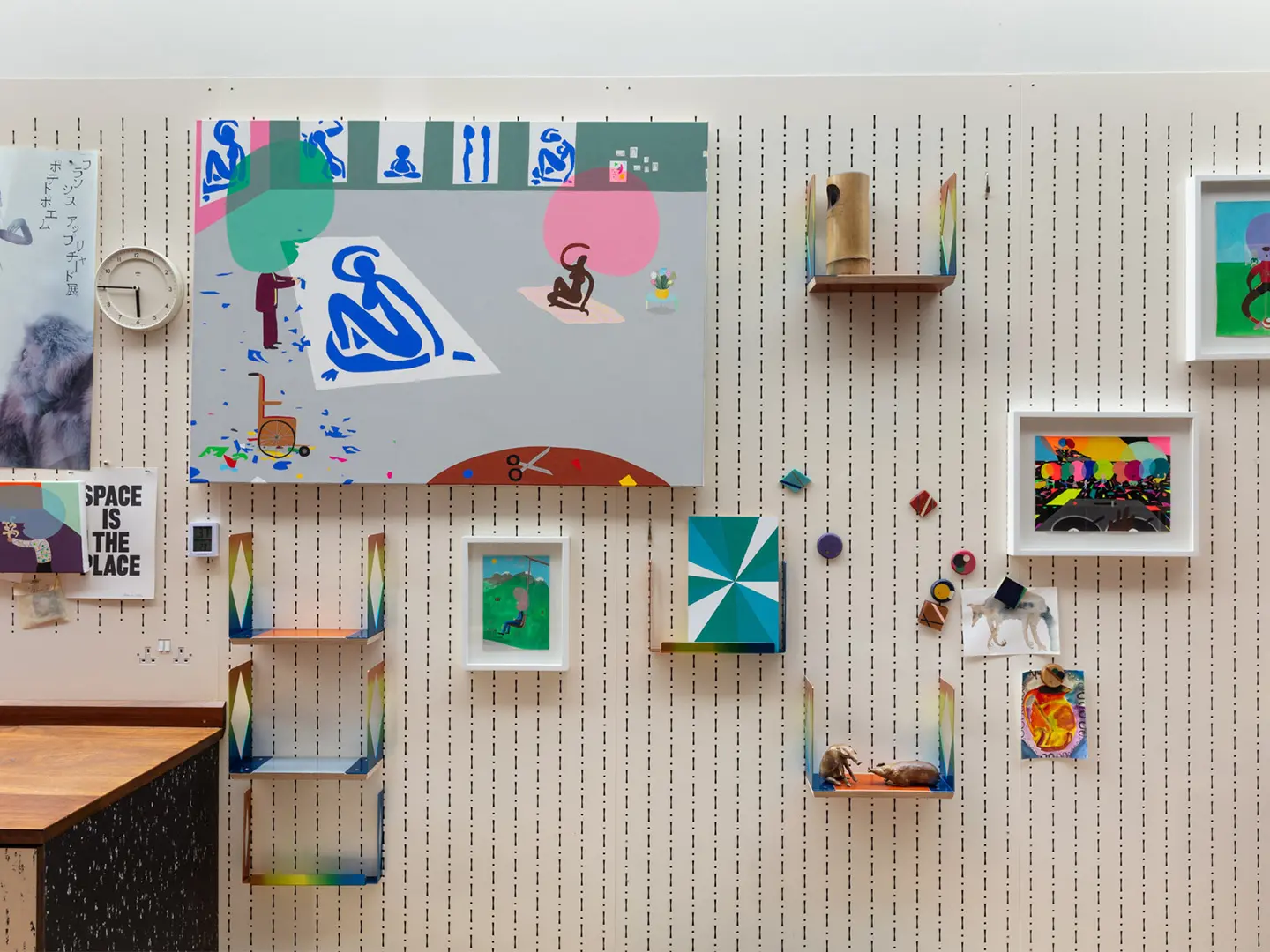
We’re all trying to find a new mindset in order to consume less but better, so we can behave in a more sustainable way. As a designer, I think we should not only produce less, but also ramp up quality, as well as create objects that we really identify with. We need a new vision: how to reconcile the history of design and mass production with the new stories we want to tell. I think there needs to be a transition, which will of necessity not be “fast” but slow and important.
It could be a vision of something they know nothing about yet, that they don’t yet sense, a new challenge or a completely different reinterpretation of something that already exists.
I’m interested in the connection between thinking and doing. I like to examine an idea and then make it into an object. Here, as you can see, is the intellectual bit, next to it is the workshop. I go from one to the other continuously.
As an artist I find inspiration everywhere, I keep my eyes peeled 24 hours a day, my antennae are pricked up even at night. I don’t think there’s a specific time or place for seeking illumination. I, for example, have a notebook in which I record every idea like a continuous research project, sometimes things emerge that help you understand which way to go.
Totally devoid of patterns, rituals and models. I absorb what is going on around me and react to ideas until the mechanism gets going.
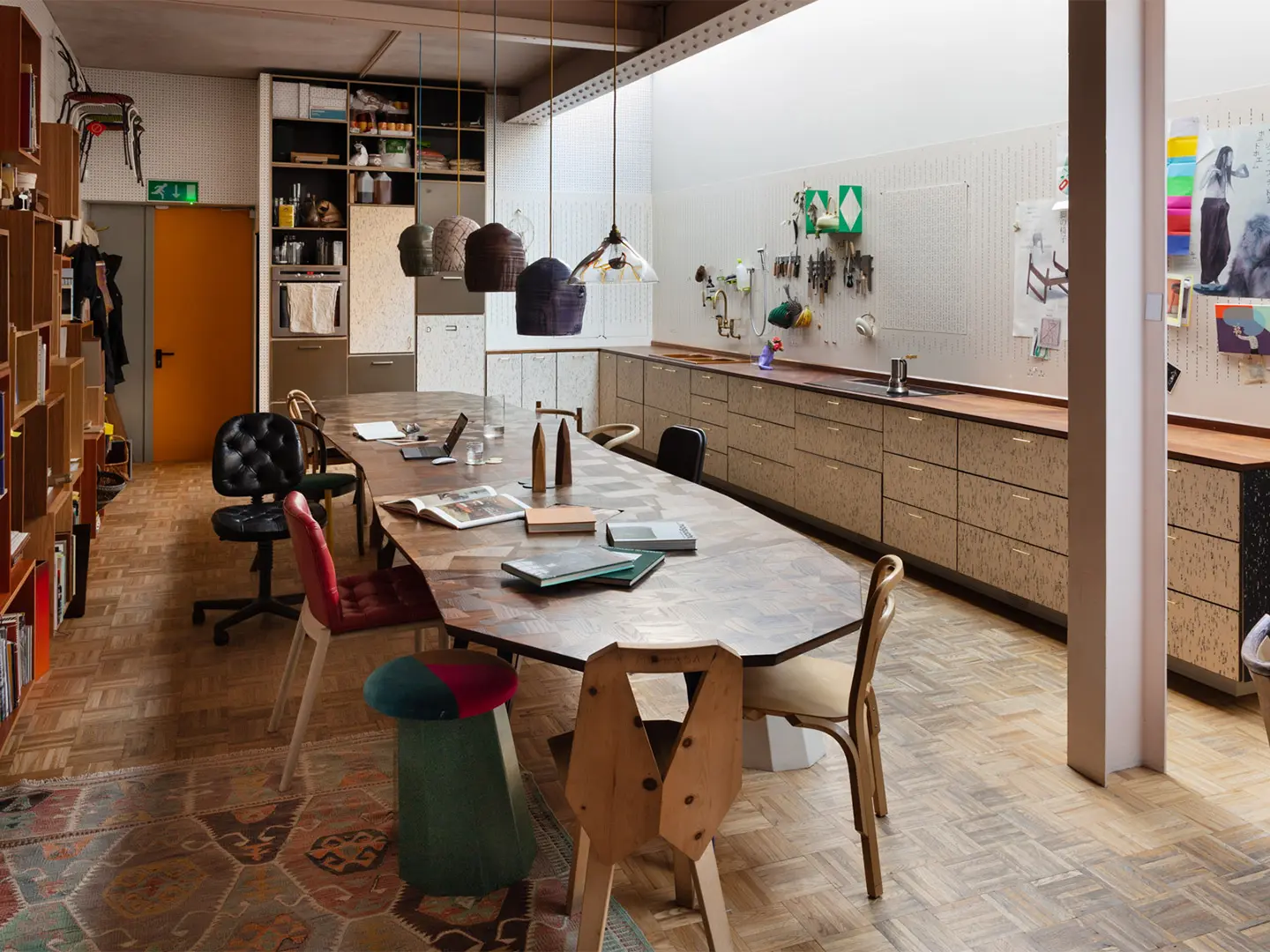
I start doing things. When you don’t know how to get over certain “stops,” it’s time to start doing things, make mistakes, start again, talk, go to the (work)shop, do some physical stressbusting, because blank pages do nothing to help.
We listen to an online London station, NTS, which broadcasts all kinds of sounds from all over the world and also a DJ, Charlie Bones, who broadcasts from a small shop close by.
A kitchen (laughs)! Cooking is a way of being together, sharing and spending the day with the people I work with and with whom it’s never just a case of “working.”
The Superleggera by Gio Ponti and the Tonietta by Enzo Mari. In equal measure.
We talk a lot about green materials, recycling and so on, but not much about how sustainable our work is for ourselves. Do we like working like this? Is it satisfying from a financial point of view? Does it make us feel fulfilled? Does it express who we are? So, if everyone did a “sustainable” job for their own well-being, it would naturally be more likely to be environmentally sustainable, which can’t start in a shop. It starts with ourselves and with our own homes.
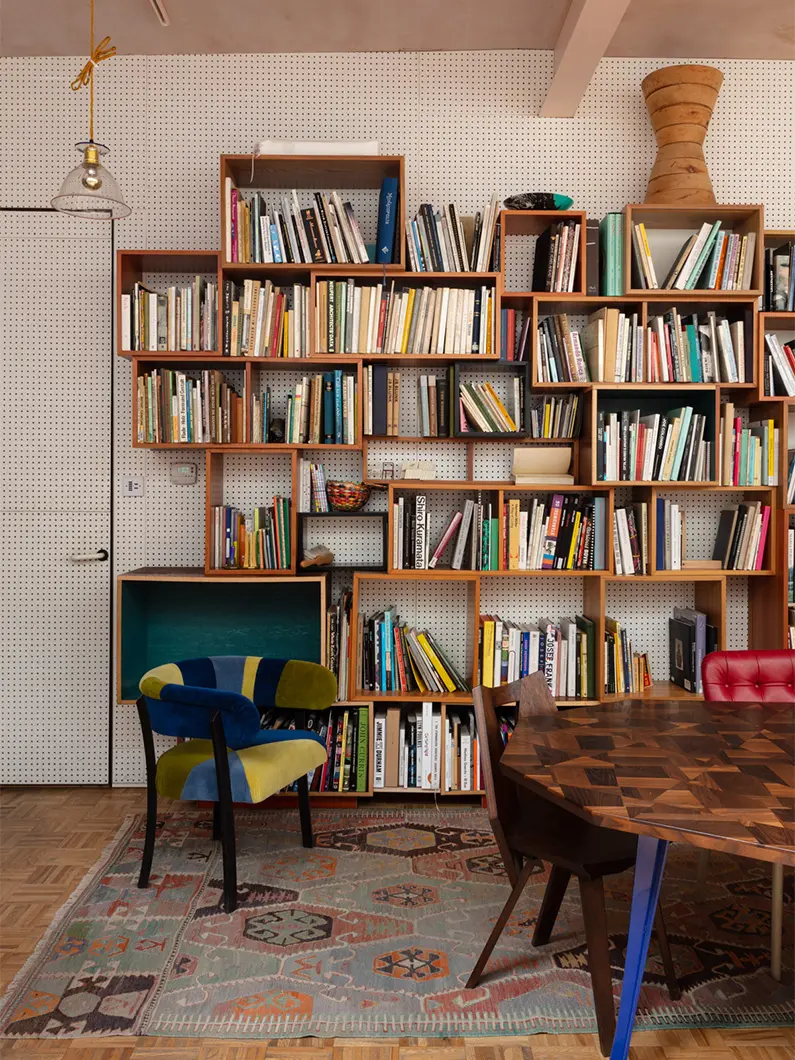


 Stories
Stories




